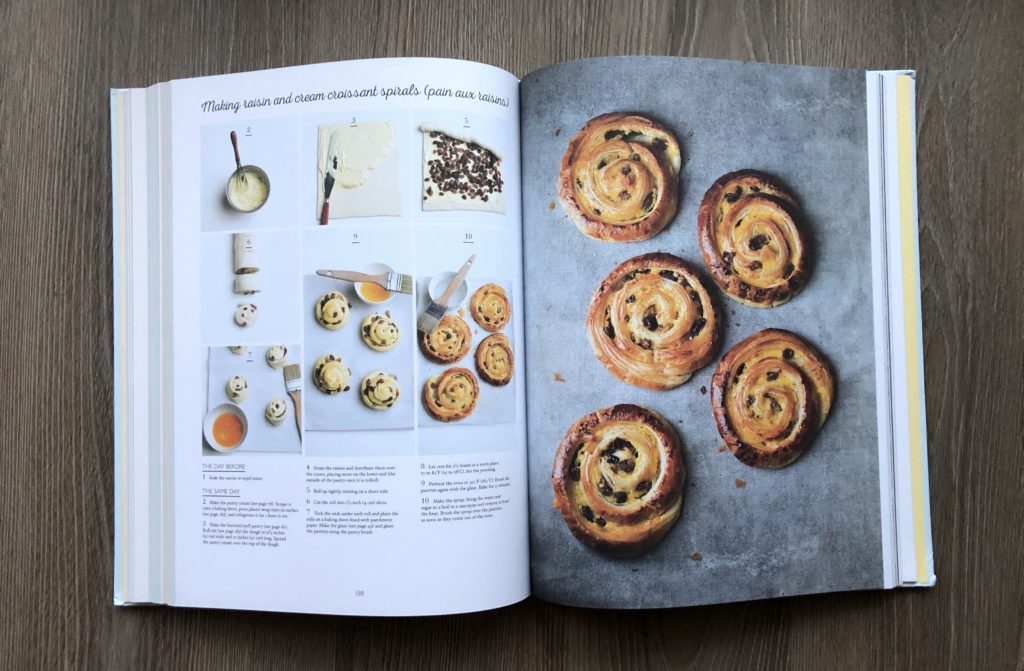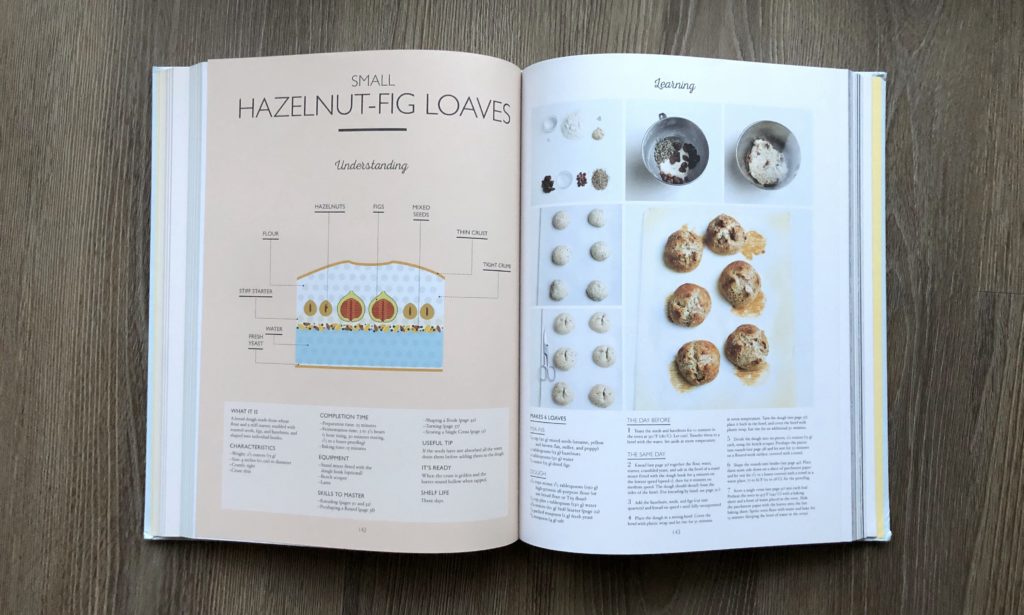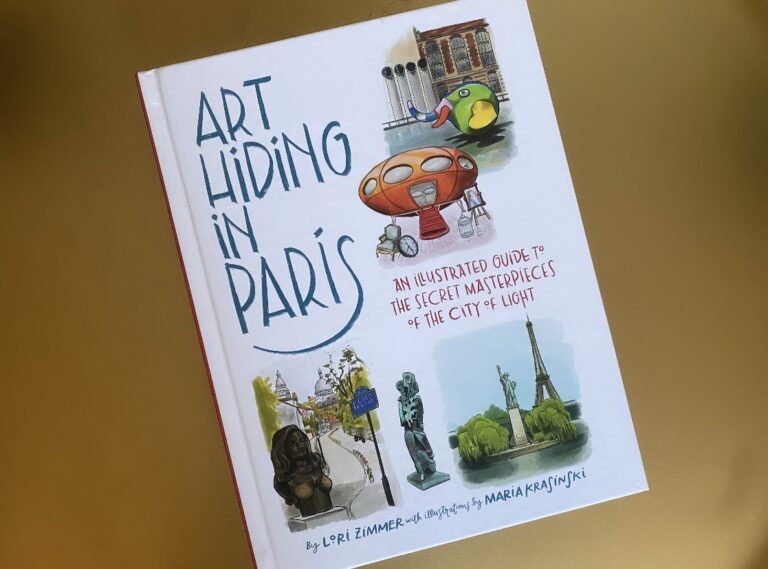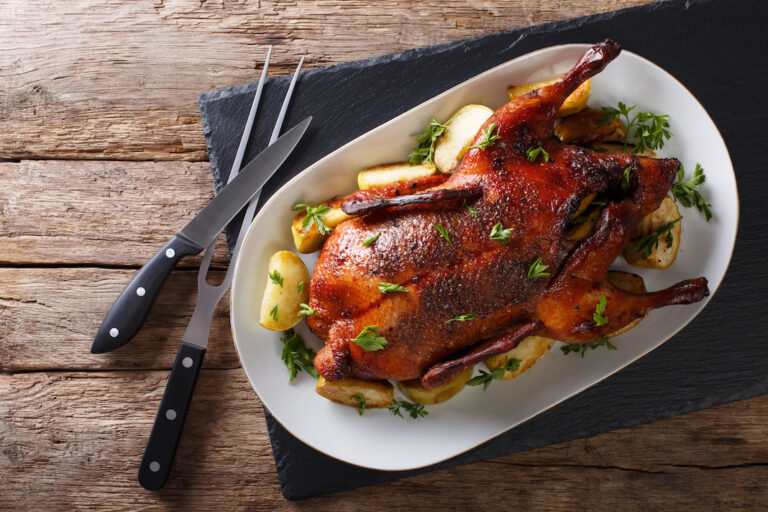This past spring, with newfound time to spare, Americans started spending more time in the kitchen. The bread-baking trend started simply enough, with banana breads and muffins. Then, it shifted to making bread from scratch and growing sourdough starters. Flour and yeast were flying off the shelves faster than you could say “quarantine.”
But how did that bread actually taste? Did the sourdough starter grow at an insane and slightly disgusting rate, leading you to toss it in the garbage? Were your crusts deformed and weird?
If only Rodolphe Landemaine’s book, “Boulangerie at Home: Bread, Brioche, and Other Baked Delicacies” (Harper Design, November 17, 2020) had come out sooner. All the problems that beginner bread- and pastry-makers face would’ve been solved by this veteran pastry chef of Pierre Hermé, Ladurée, and Paul Bocuse, and founder of Maison Landemaine.
If following a bread recipe from a magazine is like jumping off the high dive when you don’t know how to swim, using “Boulangerie at Home” is like taking a class at your local YMCA. Both experiences will get you in the pool, but only in one of them will you be doing a flawless backstroke instead of doggy-paddling for your life.
The book is broken into three parts: Building Blocks (ingredients and fundamental techniques), Recipes, and Illustrated Glossary. Anyone interested in understanding why baking actually is a science should start with Building Blocks. There, you’ll find quick two-page briefs on flours, starters, doughs, kneading, and proofing. Even if you’re not intrigued by the science, you’ll still find yourself stopping to find out what the “T” in flours stands for, or the characteristics and uses of common types of flour.
If you do decide to skip the building blocks and go straight to a recipe, it still won’t be like jumping into the deep end without your floaties. In the recipe for sourdough bread, the words kneading, stiff starter, and shaping a ball are all followed by the page numbers where you’ll find specific instructions detailing how to do those things if you’re looking for guidance.

While most cookbook recipe prefaces include something enthusiastic yet useless, like “Serve this at parties—it’s a crowd-pleaser,” the Understanding prefaces are incredibly helpful. The characteristics, completion time, equipment, challenges you’ll face, skills you’ll practice, useful tips, indications the bake is done, and preferred storage method are detailed in the Understanding section for every single recipe.
It’s in the Understanding section where you learn to roll your croissant dough lightly or you’ll lose the flakey layers, to braid your challah really wide to allow a full bake, and to properly score your bread or the gasses won’t release and you’ll get a funky crust.
A manual, cookbook, and reference guide in one, “Boulangerie at Home” is the book anyone interested in baking breads and pastries well should own. Simple illustrations and flat-lay photographs of ingredients and steps provide the guidance a beginner needs. With Landemaine on the bookshelf, your home baking will be better than ever. No more tasteless sourdough loaves—you’ll be munching on brioche, ciabatta, financiers, and tarts like a pro.
Buy “Boulangerie at Home” on Amazon here.







